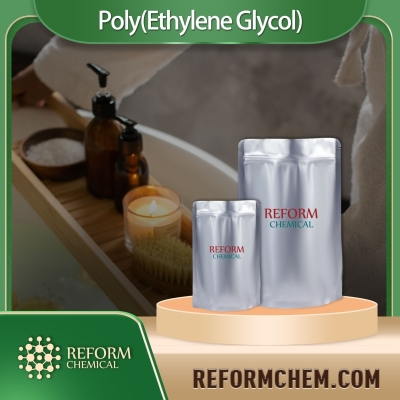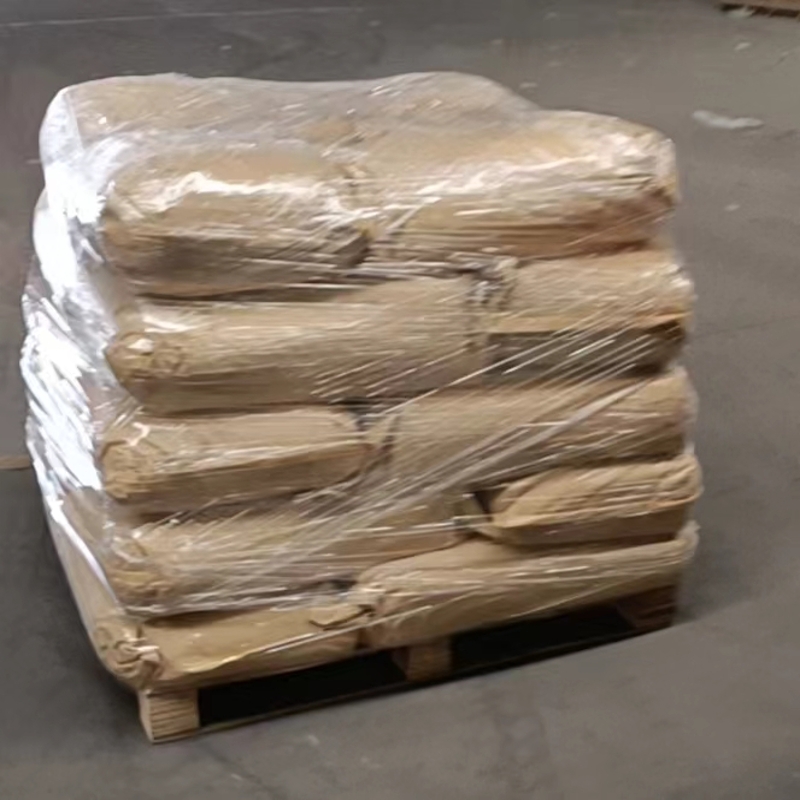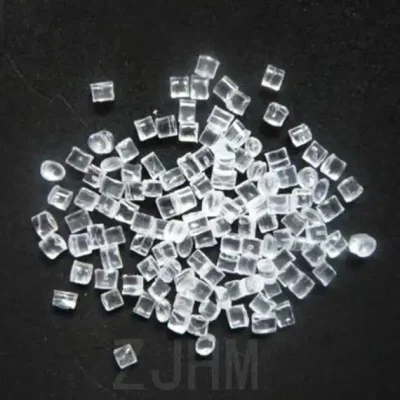-
Categories
-
Pharmaceutical Intermediates
-
Active Pharmaceutical Ingredients
-
Food Additives
- Industrial Coatings
- Agrochemicals
- Dyes and Pigments
- Surfactant
- Flavors and Fragrances
- Chemical Reagents
- Catalyst and Auxiliary
- Natural Products
- Inorganic Chemistry
-
Organic Chemistry
-
Biochemical Engineering
- Analytical Chemistry
-
Cosmetic Ingredient
- Water Treatment Chemical
-
Pharmaceutical Intermediates
Promotion
ECHEMI Mall
Wholesale
Weekly Price
Exhibition
News
-
Trade Service
[Application] Bentonite has good swelling, adhesiveness, adsorption, catalytic activity, thixotropy, suspension, plasticity, lubricity and cation exchange properties.
It can be used as a bonding agent, absorbent, filler, Catalysts, alteration agents, detergents, stabilizers, thickeners, etc.
, are widely used in metallurgical pellets, casting, drilling, petroleum, chemical, light industry, textile, paper, rubber, agriculture, medicine, environmental management and other fields
.
When the mass concentration of zinc is 300 mg/L, the maximum adsorption capacity of natural bentonite single molecule is 52.
91 mg/g
.
Bentonite of Cr 3+ adsorption of the Langmuir isotherm, which is the maximum adsorption capacity of 0.
Mellah and Chegrouche used natural montmorillonite to remove Zn 2+ , and its adsorption amount was in good agreement with the Langmuir isotherm.
The maximum adsorption amount was 53mg/g.
Nie Jinxu and others used AICI 3 modified bentonite to treat phenol wastewater, and discussed the modified bentonite The effect of dosage, contact time, pH value of the solution, and dosage of modified bentonite on the adsorption of phenol by modified bentonite
.
The results show that the modified bentonite that has been modified and calcined at 450℃ has better phenol removal effect than raw soil and activated carbon.
The phenol concentration in raw water is 200mg/L, pH=8.
Table 4-16 Test results of different contact time
Table 4-17 Batch dosing test results
Shao Hong et al.
prepared nickel-titanium inorganic crosslinking agent and organic crosslinking modified bentonite using sodium bentonite as raw materials, and compared the removal effects of the two on COD, Cr 6+ , chroma and turbidity in wastewater .
See the table 4-18
Table 4-18 Comprehensive experiment
Shao Hong et al.
prepared iron-nickel inorganic modified soil and iron-nickel organic composite modified soil using sodium bentonite as raw materials, and applied them to the treatment of papermaking wastewater.
Table 4-19 Treatment results of papermaking wastewater by modified bentonite
Sameer AI-Asheh et al.
treated bentonite with cetyltrimethylammonium bromide (CTAB), polymeric cationic aluminum hydroxy, cyclohexane, etc.
Related Links: Technical Specifications of Organic Bentonite







